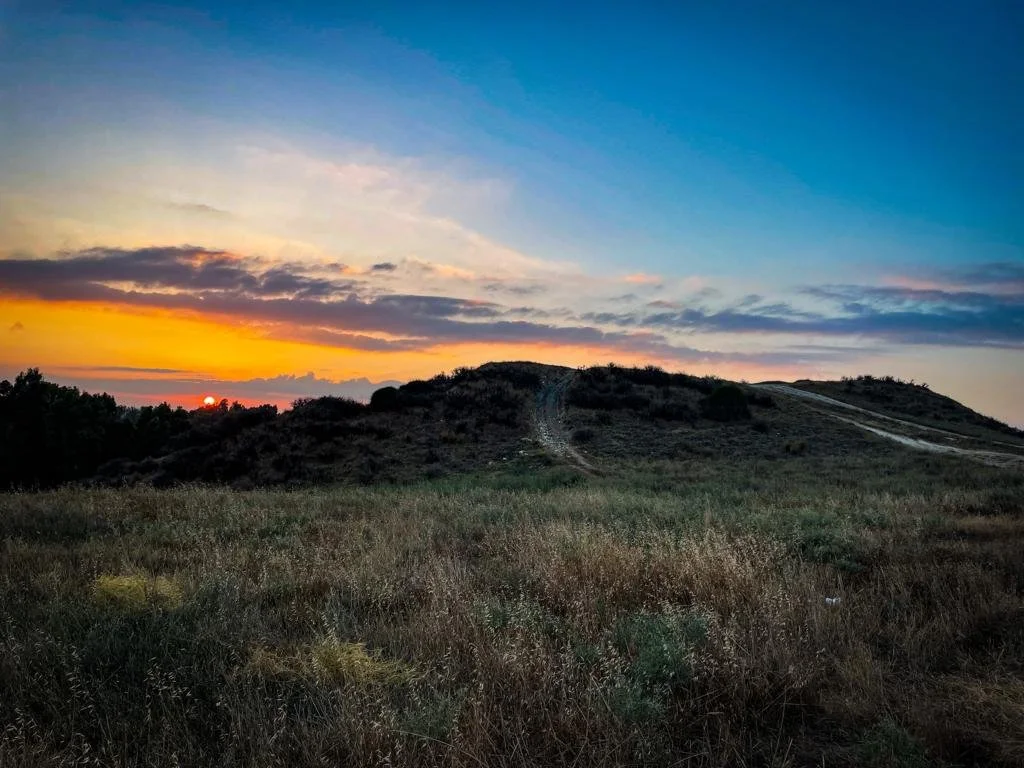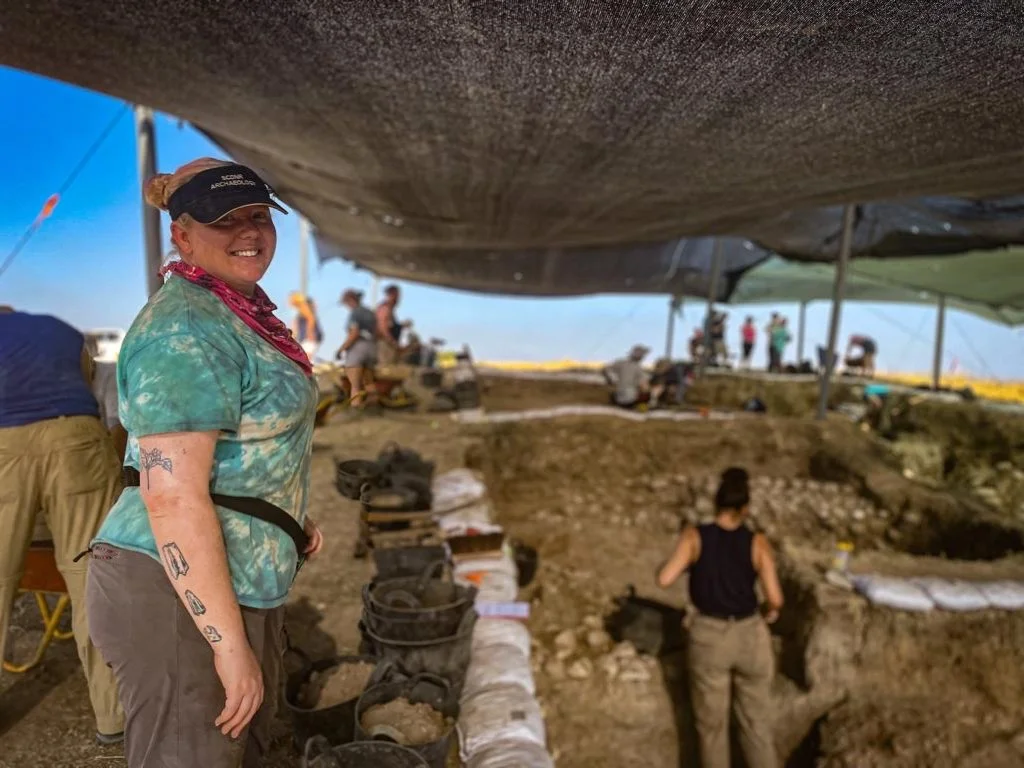
Greater Hesi Region
Southern Levant
Tell el-Hesi
Tell el-Hesi Archaeological Excavation Project - Est. 2022
I am the co-founder, co-principal investigator, and director of the renewed excavations at Tell el-Hesi, located in the Greater Hesi Region of the Southern Levant. In 2022, I led a targeted regional survey across the Greater Hesi landscape, identifying and documenting Early Bronze Age II–III (3100–2500 B.C.E.) artifact scatters and conducting a multi-method survey of the fields surrounding the main site. In 2023, I directed full-scale excavations in a newly opened field west of Tell el-Hesi, leading a diverse and interdisciplinary team composed of local community collaborators, undergraduate students from the University of Michigan, and international specialists. Our excavations uncovered a substantial residential complex, yielding critical architectural, faunal, and material evidence directly informing my dissertation research on Early Bronze Age urban foodways. As director, I have overseen all aspects of fieldwork, from research design and permitting to community engagement and daily operations, building a sustainable and collaborative excavation project that advances both scholarly research and local heritage stewardship.
Khirbet Summeily
Khirbet Summeily Isotope and Environment Project - Est. 2017
I serve as an excavation team member, field area director, and lead isotope and environmental analyst for the Khirbet Summeily Archaeological Project, directed by Dr. James W. Hardin and Dr. Jeff Blakely. In this role, I oversee excavation strategy within a designated area of the site while also leading the project's environmental and isotopic research initiatives. My primary analytical contribution has been an intensive bioapatite isotopic study of faunal remains recovered from three stratified Iron Age I–II occupational layers at this early administrative outpost. Through this research, I have generated critical data on local environmental conditions, animal mobility, and provisioning patterns, providing new insight into how Khirbet Summeily was embedded in broader resource distribution networks. These findings form the basis of a larger interpretive argument that the site was actively engaged in processes of resource coordination and economic management,activities that signal emergent features of secondary state formation in the region.
Lahav
Lahav Faunal Database and Isotope Lab Project - Est. 2022
In collaboration with Dr. Melinda Zeder, the lead faunal analyst for the Early Bronze Age excavations at Lahav, I am actively analyzing and curating the extensive faunal dataset generated by the Lahav Research Project. This work involves standardizing legacy data and integrating new analytical frameworks to refine our understanding of animal economy and food provisioning strategies during the Early Bronze Age. My engagement with the Lahav faunal assemblage directly contributes to my dissertation research on urban foodways in the Greater Hesi Region, allowing for regional comparative analysis of herd management, dietary practices, and provisioning systems across contemporaneous sites. This partnership not only deepens the analytical scope of my dissertation but also contributes to the long-term legacy of the Lahav project by ensuring its faunal data is preserved, accessible, and analytically robust for future research.


